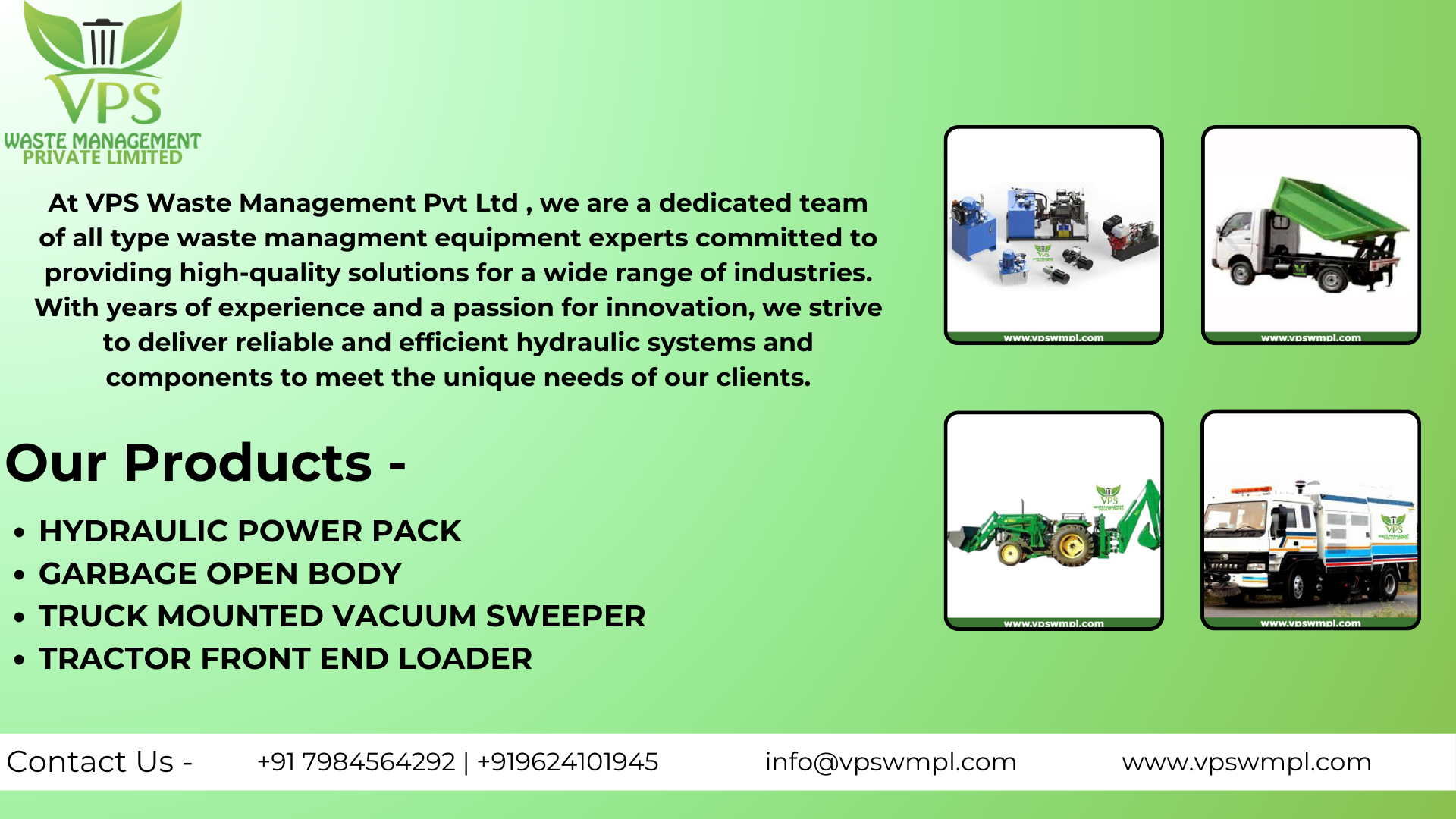Garbage Hopper Manufacturers Near You
Description:
A Garbage Hopper is a specially designed container or structure used for temporary storage, collection, and transfer of solid waste or debris. These hoppers are commonly fabricated from heavy-duty steel, stainless steel, or high-density polymers and are widely used in municipal sanitation systems, housing societies, commercial complexes, and industrial zones.
Manufacturers near you provide custom-built garbage hoppers in mobile, fixed, or hydraulic-dumping formats, meeting local environmental and operational standards.
Manufacturing Process:
Garbage hoppers are built to endure rough handling, weather exposure, and frequent loading/unloading cycles.
Key Steps in Manufacturing:
-
Design & Layout:
CAD software is used for 3D model creation.
-
Material Selection:
-
High-tensile MS sheets, GI sheets, SS sheets, or HDPE are selected for corrosion resistance and structural strength.
-
-
Sheet Cutting & Fabrication:
-
Laser/plasma cutting for precise shapes.
-
Welding and bending of panels to form bin body and frame.
-
-
Reinforcement & Mounting:
-
Stiffeners, hinges, fork pockets, and dumping mechanisms (manual or hydraulic) are added.
-
-
Surface Treatment:
-
Shot blasting and anti-corrosive painting/powder coating for longevity and easy cleaning.
-
-
Assembly & Testing:
-
Casters, lids, handles, drain plugs, and hydraulic levers (if applicable) are assembled and tested for function and durability.
-
Applications of Garbage Hoppers:
-
Municipal waste collection & transfer
-
Factories & warehouses (scrap collection, spill containment)
-
Hotels, hospitals, and schools (organic/inorganic segregation)
Construction sites (debris management)
-
Airports & railway stations (bulk trash handling)
-
Housing societies & commercial complexes
-
Solid waste management plants
-
Public sanitation facilities
Key Features:
-
Capacity Options: From 250 liters to 3000+ liters
-
Material Options: Mild steel, galvanized steel, stainless steel, HDPE
-
Dumping Types: Manual, forklift-operated, hydraulic tipping
-
Mobility: Fixed, wheeled, or towable
-
Handles & Lids: Optional locking, foot-operated, or dual-opening lids
Drainage Outlet: For leachate management in wet waste bins
-
Reinforced Corners: Added durability in high-wear areas
-
Weather-Resistant Coating: Powder coat or hot-dip galvanization
-
Forklift Compatibility: Fork slots for safe lifting and tipping
Importance of Garbage Hoppers:
-
Facilitates organized and hygienic waste collection
Acts as a buffer system in high-waste-generation zones
-
Prevents overflows, littering, and pest infestation
-
Supports smart waste collection systems and automation
Advantages:
-
Durability: Designed to withstand mechanical impact and weather exposure
-
Space Optimization: Stackable and compact options available
-
Easy Mobility: Wheels or forklift slots for movement
-
Hygienic Operation: Covered options reduce odor and leakage
-
Versatile Usage: Suitable for wet, dry, industrial, or biomedical waste
Low Maintenance: Simple structure, easy to clean and repair
-
Customizable Design: Size, shape, lid type, and color coding as per need
-
Safety Enhancements: Rounded corners, anti-slip wheels, locking systems
-
Supports Waste Segregation: Multicolor hoppers encourage compliance
-
Economical Long-Term Investment: Reduces recurring waste handling issues
Significance in Waste Management Ecosystem:
Garbage hoppers are integral to the solid waste handling chain, especially in urban and industrial setups. They ensure efficient collection, segregation, and interim storage, enabling cleaner surroundings and better waste disposal practices. Their role is vital in achieving zero-litter zones, smart city goals, and Swachh Bharat Abhiyan objectives.
Why Choose a Garbage Hopper Manufacturer Near You?
-
Customization: Locally made units tailored to site-specific needs
Spare Part Availability: Quick replacements of wheels, lids, etc.
-
On-site Support: Installation, retrofitting, and repairs
-
Bulk Supply for Projects: Municipal orders or housing projects
-
Easy Communication: Language and location advantage for technical discussion
-
Eco-Friendly Manufacturing: Local suppliers often follow pollution control norms
Top 10 FAQs Garbage Hoppers:
-
Q: What is the standard size of a garbage hopper?
A: Common sizes range from 0.5 to 3 cubic meters, customizable as per usage. Q: What material is best for outdoor hoppers?
A: Galvanized steel or HDPE with UV protection for rust and weather resistance.-
Q: Can it handle both wet and dry waste?
A: Yes, with separate lids or color-coded compartments. -
Q: Are hydraulic hoppers available?
A: Yes, hydraulic-dumping bins are available for large-scale or industrial use. Q: Is the hopper leakproof?
A: Yes, when properly sealed and equipped with drainage plugs.-
Q: How do I move it around the site?
A: Use models with casters, tow-bars, or forklift slots. -
Q: Do local suppliers provide AMC or service contracts?
A: Yes, many offer annual maintenance or part-replacement services. Q: Can I order in bulk for a municipality or society?
A: Yes, manufacturers near you cater to institutional orders with discounts.-
Q: Are the lids lockable or pest-resistant?
A: Yes, locking lids and sealed bins prevent access by animals and pests. -
Q: Can it be integrated with a waste compactor or vehicle?
A: Yes, many models are compatible with garbage lifting trucks or compaction systems.
Conclusion:
A Garbage Hopper is more than just a bin its a vital component of hygienic waste handling and modern urban infrastructure. Whether used by municipal bodies, industries, gated communities, or commercial complexes, these hoppers help create a cleaner, safer, and more efficient environment.
Choosing a manufacturer near you ensures customized solutions, cost-effectiveness, after-sales support, and compliance with regional waste management practices all while contributing to a sustainable future.
Website:-https://vpswmpl.com/

